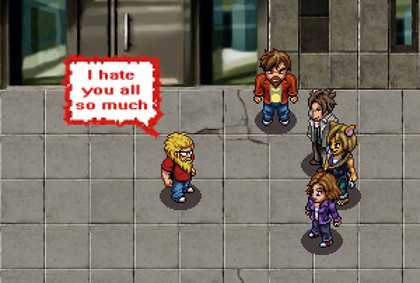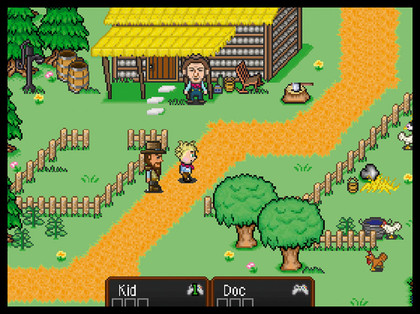Crowdfunding: what it is and why it's important
We explore the murky world of crowdfunding
Getting kickstarted

The major funding platform at the moment is Kickstarter. Since it launched in April 2009, over 2.5 million people have used it to pledge over $389 million in funding for more than 74,000 creative projects. Of that, $333 million has gone to projects that met their targets and were ultimately successful.
The site has a success rate of 44 per cent, skewed down by a few projects that never get any money. Most projects have goals in the $1,000-$10,000 bracket, but 14 projects have broken a million dollars (we've listed three in the 'KickStudy' boxes around this article).
Why is it so popular? Well, part of it is the snowball effect that made World of Warcraft and Facebook the world's leading social game and network, respectively. Another factor is that Kickstarter is an all-or-nothing, no equity funding site. This means that when you set your target for funding - be that $10 or $10,000,000 - you have to raise at least that much, or you get nothing.
The 'no equity' clause means that those who pledge money via Kickstarter don't get any share of the company (unlike other platforms like Gambitious). If you help fund a project through Kickstarter, you're not guaranteed any return; if the project fails, you get nothing.
What you get if it succeeds is specified by the project creator. He or she can do this by setting up funding tiers of say $1, $5, $10 and so on. Once a donor passes a tier, he or she gets the benefits associated with that tier.
What Kickstarter doesn't allow is for users to get either a profit, or a share of the project they're funding. Over the last two years, participation in funding projects has surged to such a degree that we're predicting a hollowing out of major companies as a generation of entrepreneurs decide to go it alone.
Andrew Schrage of Money Crashers tells us: "Crowdfunding transactions were roughly $1.5 billion in 2011, with some estimates doubling that figure for this year. Some analysts say it could reach $500 billion in 2013."
Get daily insight, inspiration and deals in your inbox
Sign up for breaking news, reviews, opinion, top tech deals, and more.
The biggest success stories of crowdfunding, mainly through Kickstarter, are games and technology. For games, the watershed project was Tim Schafer's Double Fine Adventure.
Fine art

Schafer was behind the legendary adventure games Monkey Island and Grim Fandango, and Double Fine is his studio. It used to work on projects for major publishers, typically producing AAA games that were too quirky, clever or hardcore to sell particularly well, and it was struggling badly.
Each new problem made it spiral closer to bankruptcy and the team seemed doomed. When its over-hyped Brütal Legend, a heavy metal action game starring Jack Black, was canned by Activision then failed to sell for EA, the sequel was cancelled.
Schafer sent his team away and told them to come up with lots of small games that could be sold as download-only. These all got publisher support, kept the company going and garnered critical success (and popular adulation).
But although they satisfied the team's creative itch, they didn't refill the coffers. Schafer still wanted to make a new adventure game, but no one would buy it. As his long-time collaborator Ron Gilbert (creator of Maniac Mansion) said: "I can tell you that if you even utter the words 'adventure game' in a meeting with a publisher, you can just pack up your spiffy concept art and leave."
So Schafer bypassed the publishers and set up a Kickstarter in March this year. His pitch to the What do you get when you mix spaghettie westerns with SNES RPGs? Boot Hill Heroes public was straightforward: you trust me and my company, you know we'll make something great, you can't get new, good adventure games any other way, and we only want $300,000.